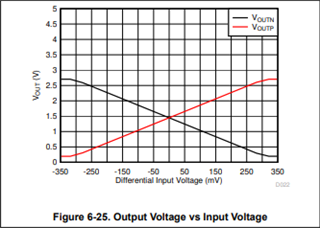Other Parts Discussed in Thread: AMC1300
Hi, I have a question when I design a current measurement circuit. For an ac current with a certain frequency (e.g. 20kHz), how to select the bandwidth of the amplifier to use? Moreover, for shunt-resistor-based scheme, the bandwidth of the whole measurement circuit is just the bandwidth of the amplifier? or it is related to the shunt resistor?


